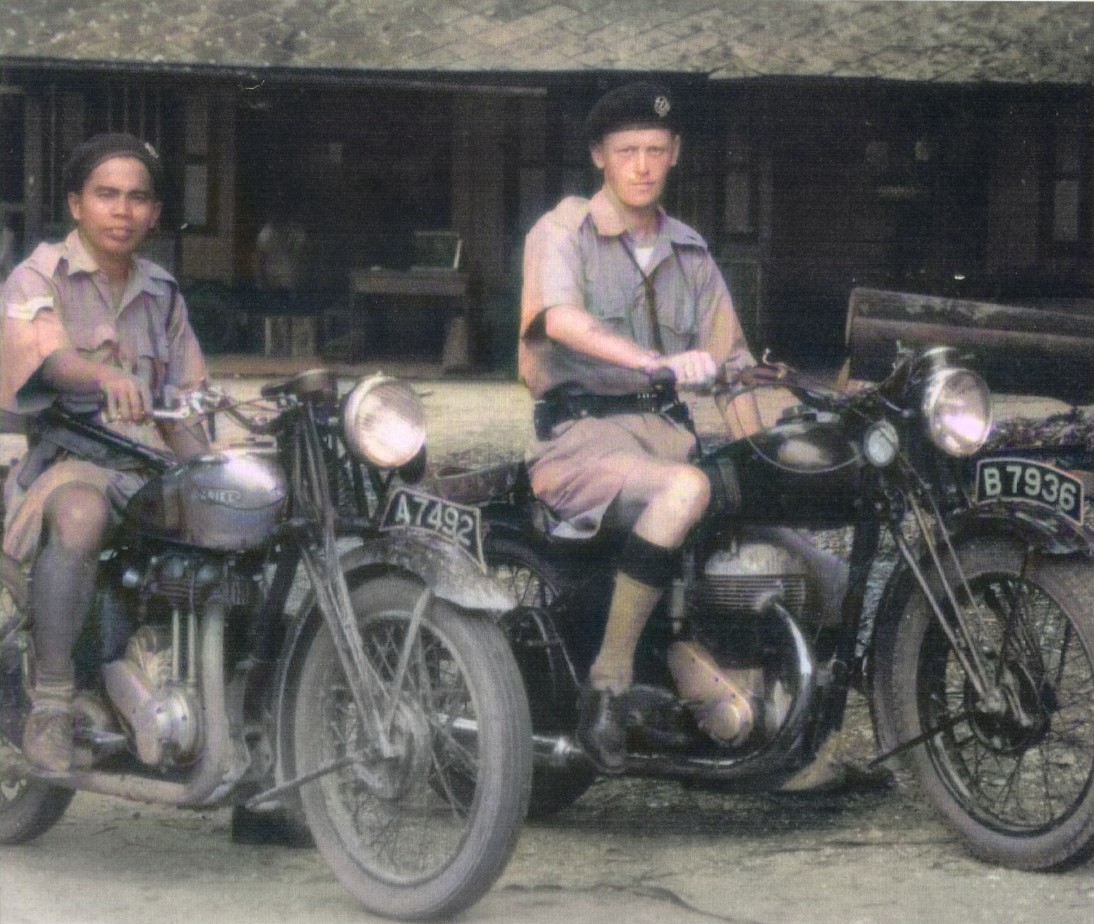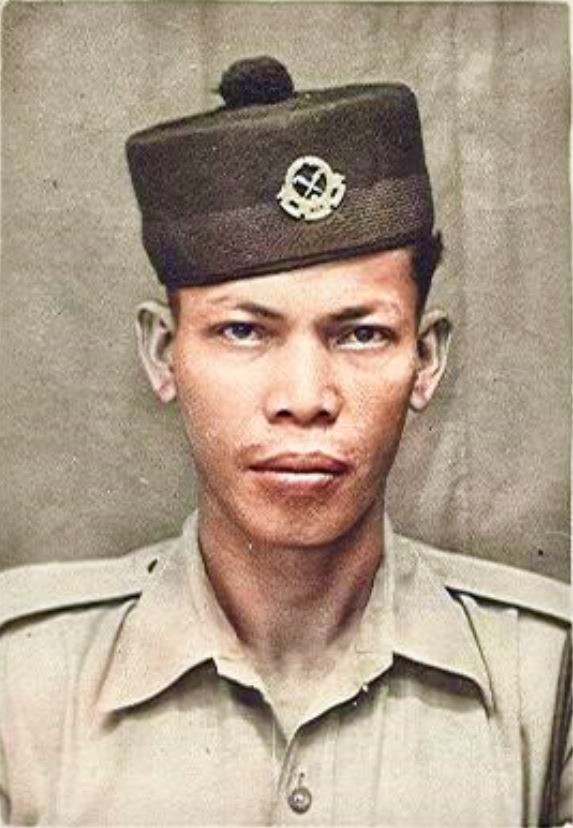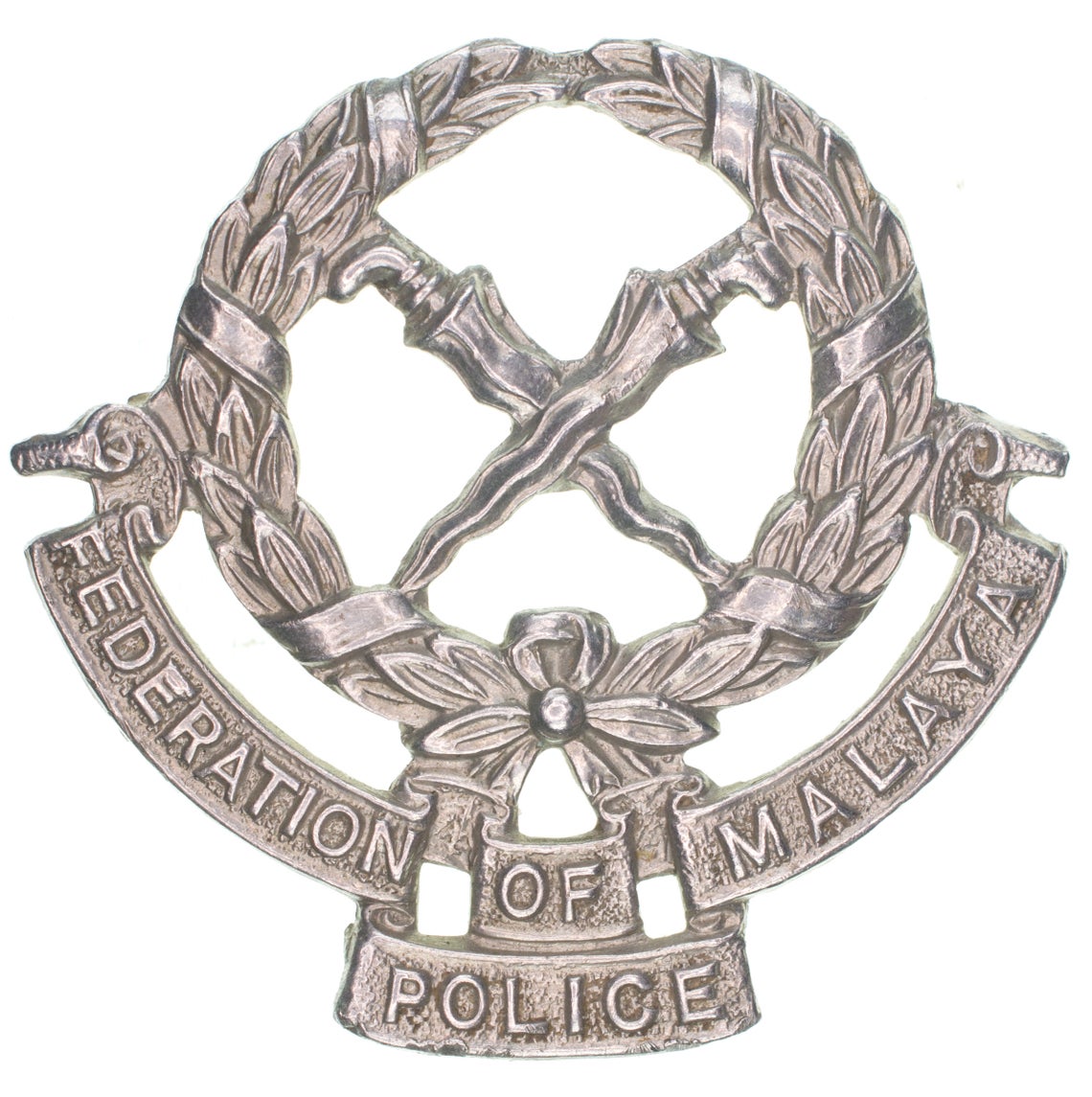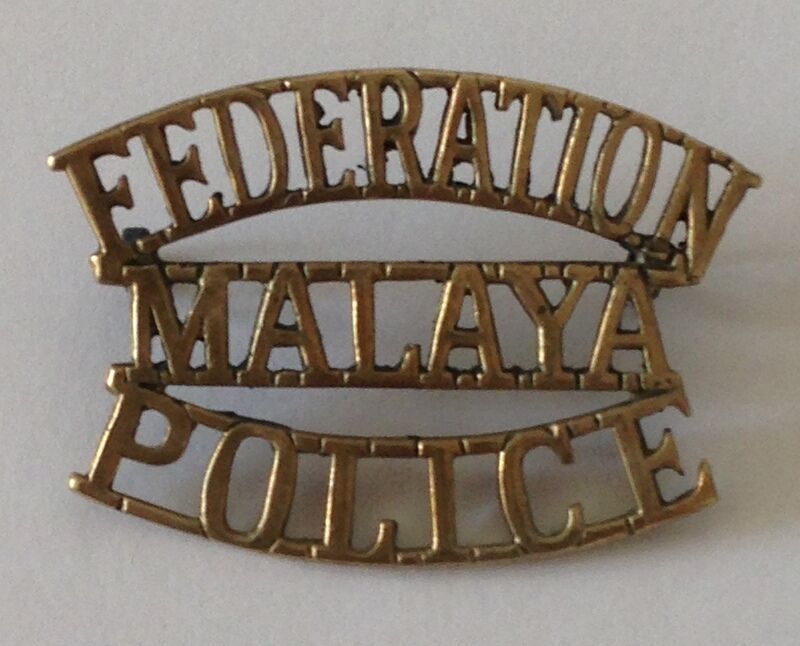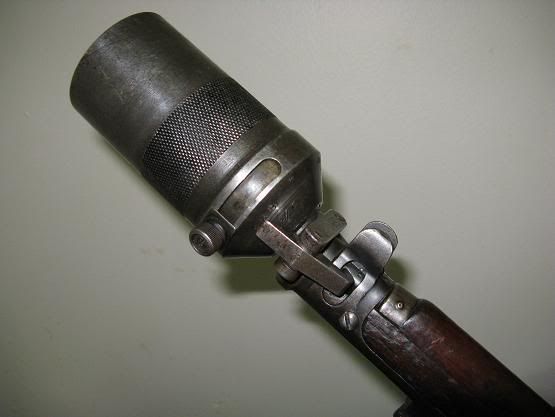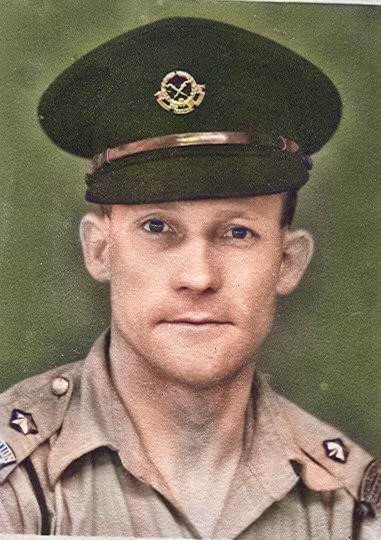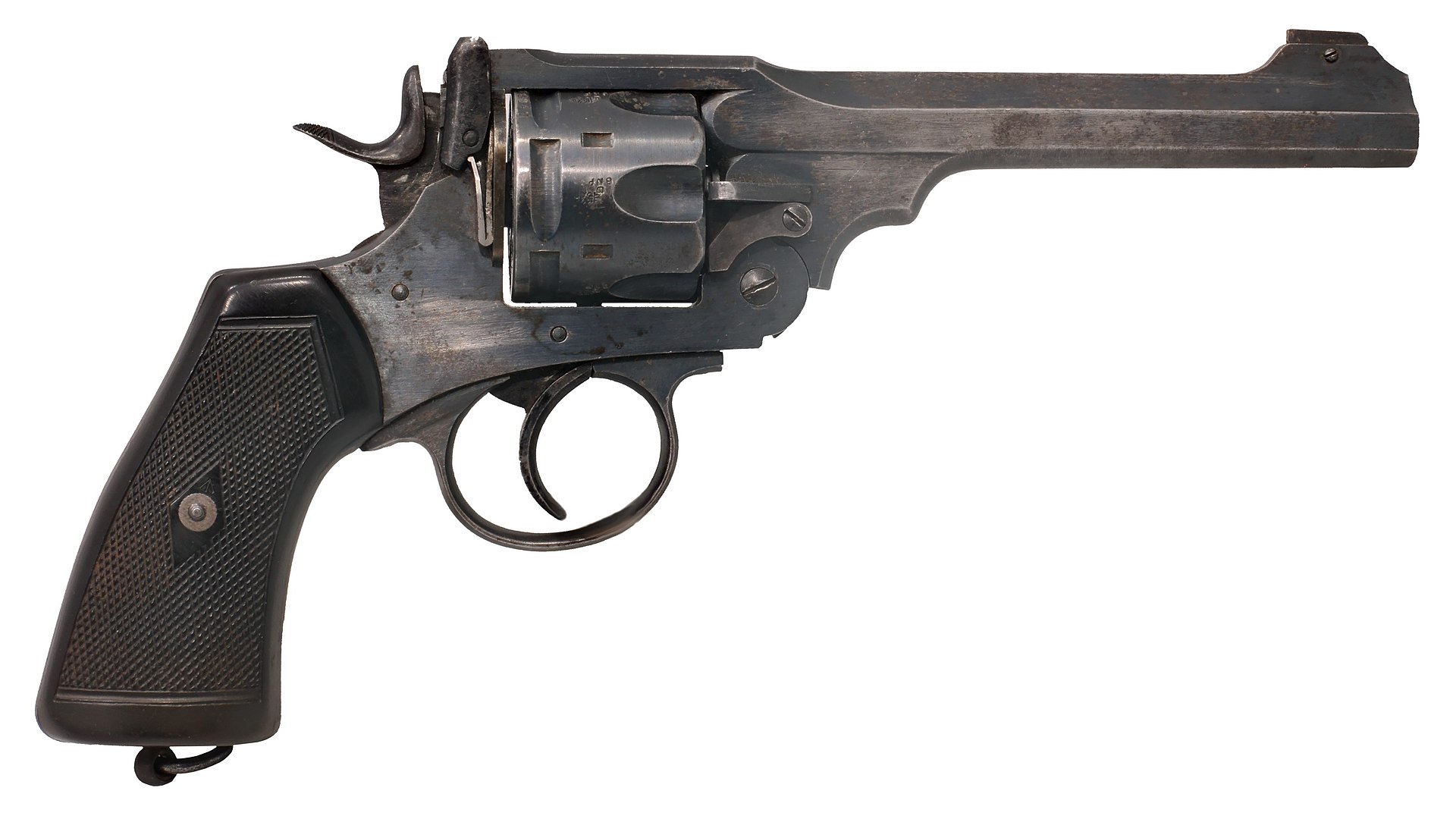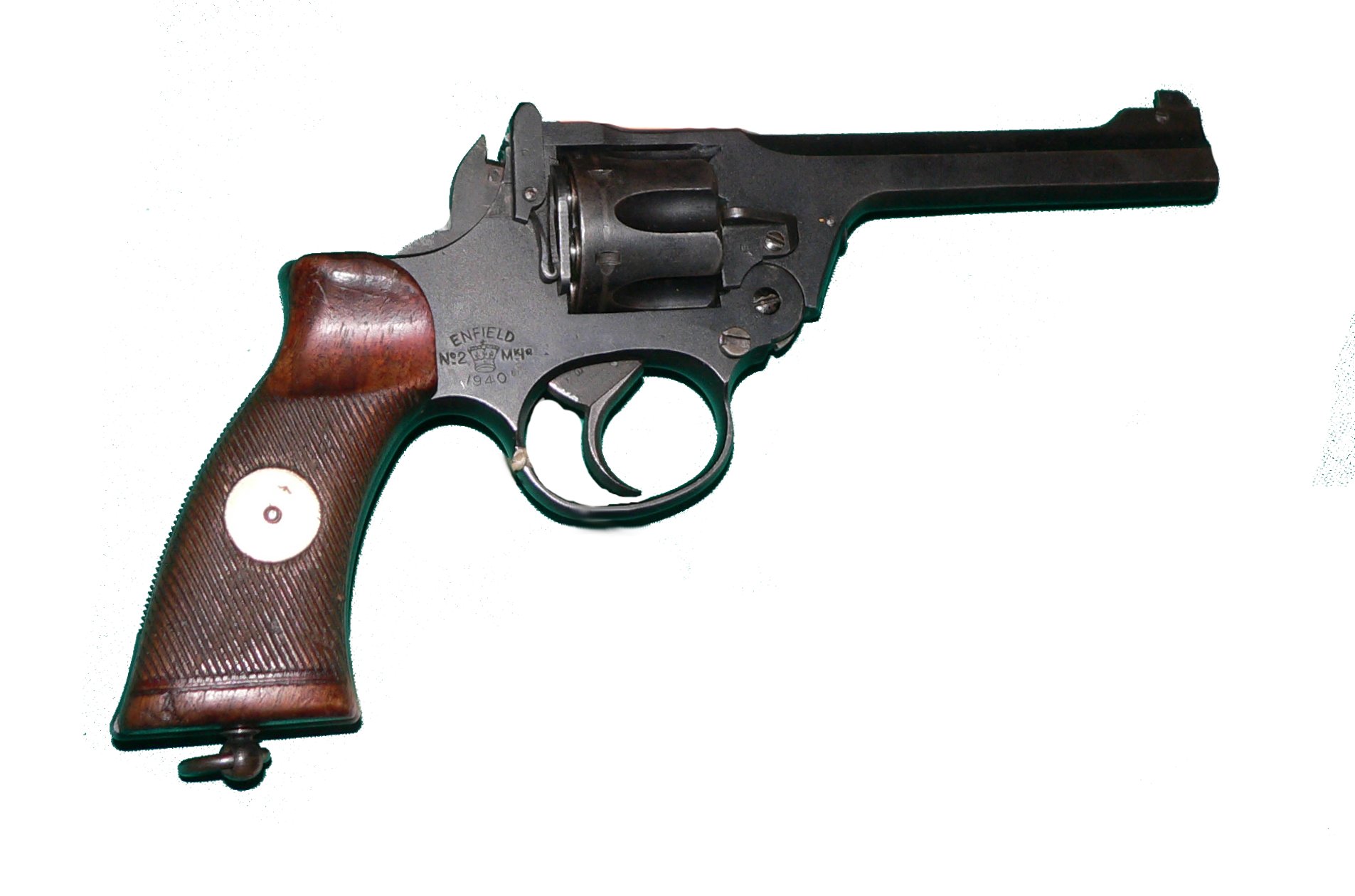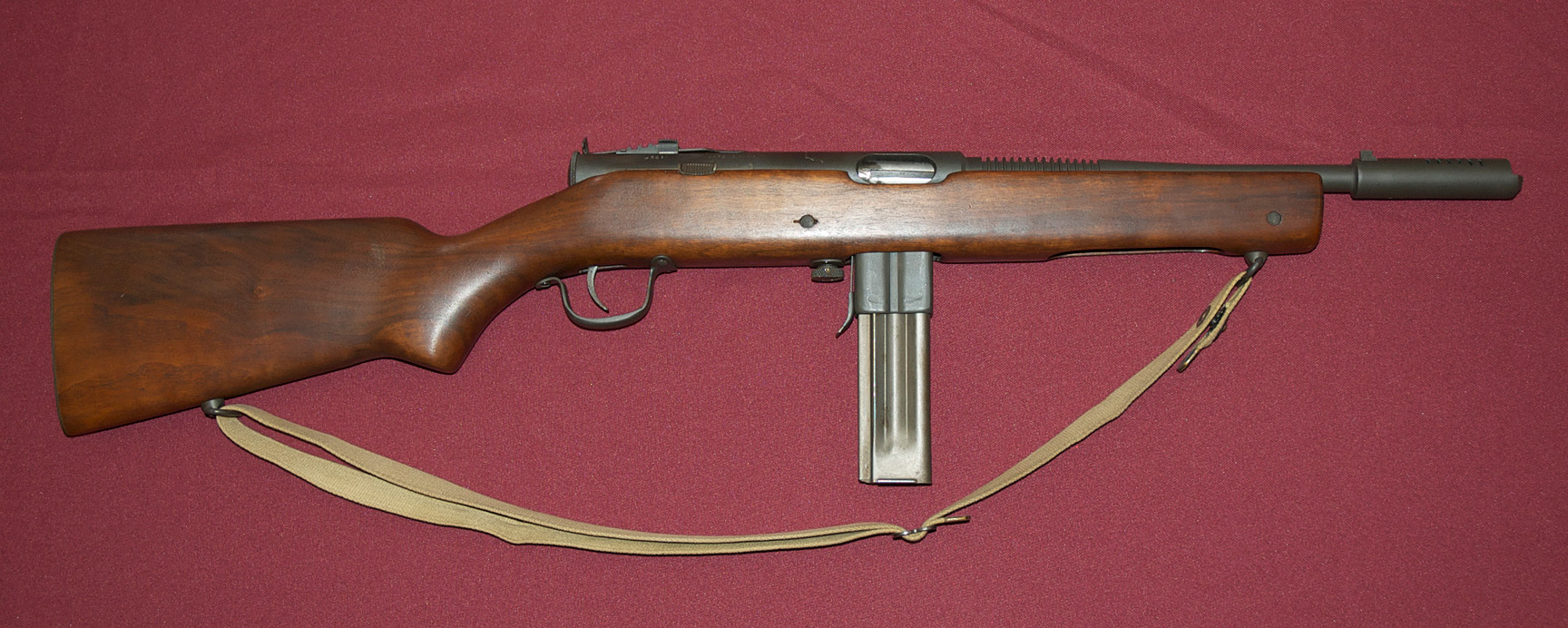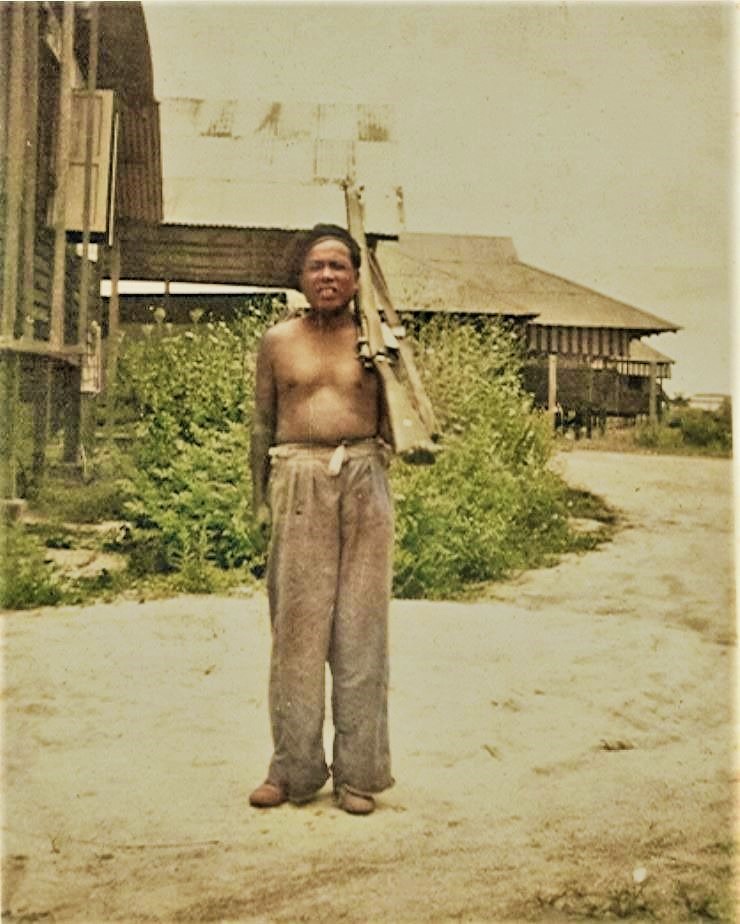Federation of Malaya Police 1948 ~ 1963
Law and order support against the communist terrorist came from 24,000 Federation Police Officers bolstered by a further 37,000 Special Constables to help protect the rubber and oil palm plantations as well as the tin mines. Special Constables played a crucial role especially during the early days of the Malaya Emergency by taking the fight back to the communist bandits wherever they hid out in the dense Malayan tropical jungles.
FEDERATION OF MALAYA POLICE CAP BADGE
The silver coloured Metal Badge as worn between 1948 and 1963. From 1946 to 1948, the eleven states formed a single British crown colony known as the Malayan Union. But due to opposition from Malay nationalists, the Union was disbanded and replaced by the Federation of Malaya, which restored the symbolic positions of the rulers of the Malay states. Within the Federation, while the Malay states were protectorates of the United Kingdom, Penang and Malacca remained British colonial territories. Like the Malayan Union before it, the Federation did not include Singapore, despite its traditional connections with Malaya. The Federation achieved independence within the Commonwealth of Nations on 31 August 1957. In 1963, the Federation was reconstituted as "Malaysia" when it federated with the British territories of Singapore, Sarawak, and North Borneo; a claim to the latter territory was maintained by the Philippines. Singapore separated from Malaysia to become an independent republic on 9 August 1965
FEDERATION OF MALAYA POLICE
The police forces in the Malayan states of Selangor, Perak, Negri Sembilan and Pahang formed between 1875 and 1888. The four forces merged as the Federated Malay States (FMS) Police Force in July 1896. It was led by a Commissioner of Police and had its headquarters at Bluff Road Hill, the present-day Bukit Aman. The Police Force Enactment came into force in 1924 and gave greater clarity to police’s role, functions, and responsibilities. The standard blue uniform was introduced for all states with identity of contingents distinguished by type of button and badges. The police force grew seven-fold to 161,281 personnel at the height of Emergency in 1950 where the Communist Party of Malaya wanted to take over the country. They lost 5,554 men but killed 11,222 communist terrorists. Important divisions were set up under the Federation of Police including the Special Branch, the Flying Squad or Jungle Companies, VAT 69, Senoi Praaq, comprising Orang Aslis, Police Volunteer Corps and Auxiliary Women. Five departments were established to improve organisational structure including for administration, finances, Criminal Investigation Department and Special Branch. Service-oriented operations themed “Operasi Bersedia Berkhidmat” was launched on Dec 15, 1952.
"Mills bomb" is the popular name for a series of British hand grenades. They were the first modern fragmentation grenades used by the British Army and saw widespread use in the First and Second World Wars. Mills 36 hand grenades were used extensively during the Malayan Emergency by the British, Commonwealth, Malaya Federation Police Force as well as the Communist terrorists. The detonation mechanism was a percussion cap which carried a 4 second or 7 second fuse.
British-made Grenade Discharger Cup and Mills Bomb, for use on the Enfield .303 Rifle, This one is February 1918 dated. The Grenade Discharger Cup fit on the end of the Lee Enfield No.1 Mk.3 rifle. A special baseplate screwed onto the bottom of the Mills Bomb (Grenade) and it was slid into the cup with the pin pulled (7 second fused delay), the safety lever held fast by the cup. Fired with a ballistite cartridge (powerful special purpose blank) it would launch the grenade approximately 100-200 yards.
FEDERATION OF MALAYA POLICE FIREARMS
Initially, the local Malay defence forces were armed with sub-standard weapons readily at their disposal, such as various hunting shotguns and rifles, plus a few antiquated handguns. But as the conflict widened, vast quantities of small arms were sourced from abroad, initially by private security operators which cascaded on to local defence forces requirements who also received military supplies of .303 Bren Light Machine Guns as well as Sten guns. Eventually supplies of older Mk6 .455 calibre revolvers were issued to local Federation Malaya Police Forces.
The Webley Mk V was the standard British service revolver at the outbreak of the First World War. It was one of a series of .455 inch calibre Webley revolvers which were the standard issue pistols of the British Army from 1887 onwards. They were robust and powerful weapons, which gave excellent service until replaced by the handier Enfield No 2 revolver in 1932.
The hinge framed Enfield revolver No 2 Mark 1 used new calibre of .38/200 in 1936 as a more user friendly pistol as opposed to the heavier hitting .455 Webley MK6 revolver. The 200-grain heavy bullet was a compromise between stopping power and reducing weight of the new revolver plus its reduced recoil made training and proficiency far easier. Hence, the hinged frame Enfield revolver No 2 Mark 1 became an official revolver from around 1936 onwards and was also used by Malaya Federation Police forces.
Without any shadow of doubt, the .303 Bren LMG has to be the finest light machine gun ever made. It was developed from the Czechoslovakian series of ZB guns, which enjoyed widespread sales around the world from 1924 onwards and were widely used by the Germans during WW2. The CTs had a huge stockpile of .303 Bren guns that they were given by the British during WW2 to fight a guerrilla war against the Japanese occupation army. Bren guns were also used during the Malaya Emergency by British and Commonwealth troops as well as Malaya Federation Police Forces.
First users of the No.5 Jungle Carbine included the 1st Airborne Division of the British Army and these saw combat service in Europe during 1945. Production continued on after the war until 1947 and from this point forward the carbine saw extended use in the hands of special forces elements. Some were still in play during Malayan Emergency (1948-1960) and the Korean War (1950-1953) that followed World War 2 action. The No.5 Jungle Carbine featured an overall weight of 7.15 pounds, a reduction from the No.4's 8.8 pound carry weight, and overall length was a handier 39.5 inches, down from 44 inches seen in the original Lee-Enfield design. Muzzle velocity remained roughly equivalent at around 2,400 to 2,500 feet-per-second range and feeding was from the same 10-round magazine holding .303 British cartridges (2 x 5-round charger clips). Manufacture of the gun was through the Royal Small Arms Factory (RSAF) of Enfield Lock in Middlesex.
The Model 50 .45 Reising submachine gun was manufactured by Harrington & Richardson (H&R) Arms Company in Worcester, Massachusetts, USA, and was designed and patented by Eugene Reising in 1940. The three versions of the weapon were the Model 50, the folding stock Model 55, and the semi-automatic Model 60 rifle. The Model 50 .45acp Reising submachine gun is one example of small arms sourced by security forces and private security contractors during the Malaya Emergency.
The Short, Magazine Lee-Enfield rifle was adopted for British service in 1902. Variants of the design subsequently saw service in both World Wars and, in certain countries, long afterwards like Malaya. The rifle was the brainchild of the War Office Small Arms Committee, which decided that a universal 'short' rifle, based on the existing Lee Enfield design, should replace both the rifles issued to the infantry and the carbines which were used by cavalrymen and artillerymen. The First World War provided a triumphant vindication of the SMLE. It proved itself to be the most effective rifle in use by any country in the conditions which prevailed at the Front, being both rugged and compact. The new rifle retained the 10 round magazine of its predecessor, but introduced the facility of charger-loading (where the ammunition is stripped into the magazine from a 5 round charger, rather than being loaded piecemeal). The SMLE was distinctive in outline, featuring a full stock and a unique nose-cap with prominent sight protecting ears. This rifle is the MkIII* variant, which originated in attempts to speed production during the First World War.
